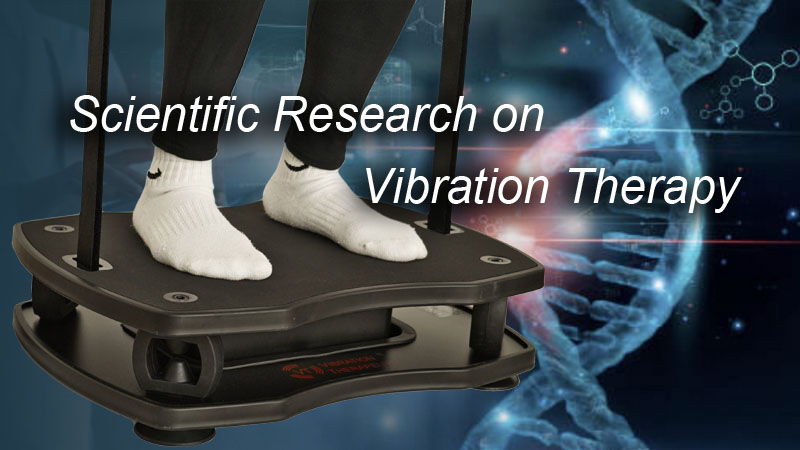
Scientific Research on Vibration Therapy
Scientific research on vibration therapy has been gaining momentum in recent years. Most research projects are literature reviews. Some small sample size clinical trials were conducted to test vibration therapy applications scattered across a wide variety of subjects. About a hundred clinical trials are registered with ClinicalTrials.gov, available for public review.
From these clinical trials, scientists observed solid evidence of health improvement effectiveness using vibration therapy.
However, due to limited resources, current clinical trials were not adequately designed to test enough parameters and their combinations. Many trials were not completed as designed. They did not lead to consistent results to conclude any treatment modality in terms of parameters, procedure, dosage and efficacy.
- Constrains in the Design and Implementation of Clinical Trials
- Lack of Resources (funding)
- Current Research Subjects and Observations
Constrains in the Design and Implementation of Clinical Trials
Due to lack of resources and the challenging nature of the research, current clinical trials were not adequately designed and implemented. Most trials were conducted in small scales at a preliminary stage. Many trails were not properly finished. The results from these clinical trials did not lead to reliable conclusions.
Among many challenges, the research trial design for vibration therapy involves many parameters, including motion pattern, frequency, amplitude, session time and postures, etc. It is very costly to cover a full scope of these parameters and their combinations.
For instance, a clinical trial may conclude a vibration therapy modality does not turn out significant results for bone density increase by using a 15Hz vibration plate model. However, a 30Hz vibration plate model may make a difference, but not tested.
Other challenges include inadequate randomization, inconsistent patient criteria, deficient selection of controls, lack of quantitative goals, patient recruitment and retention, sample size, and required trial period.
Placebo effect from vibration is another major obstacle in measuring the efficacy.
Because of these conditions and challenges, research experiments have not been able provide consistence results and guidance for any practical application of vibration therapy.
Lack of Resource (Funding)
Current research trials are all in small scale and usually wrapped up at an early phase due to lack of funding.
There is no commercial incentive for conducting research on vibration therapy. Any discovery will become public domain knowledge, which cannot be protected as intellectual property. There is not much technical know-how for the manufacturing of the equipment. Therefore, commercial funding are not interested in vibration therapy research.
Most research trials are conducted by universities and small medical institutions with very limited non-profit funding. Research paper publication is the major incentive for the scholars.
Current Research Subjects and Observations
Through limited clinical trials, scientists observed and approved the benefits and unique effectiveness using vibration therapy to treat a wide range of medical conditions, including poor circulation, bone loss, muscle atrophy, and nerve disorders.
Most scientists consider the frequency range between 20Hz and 40Hz be more effective. Most clinical trials are conducted using vibration plate at this frequency range. There are disagreement on the selection of vibration amplitude.
The following are the research subjects that are popular among scientific research on vibration therapy.
- Osteoporosis treatment
- Blood circulation improvement
- Lymphedema treatment
- Parkinson's disease treatment
- Cerebral palsy treatment
- Muscle health improvement
- Knee joint health improvement
- Fibromyalgia treatment
- Jay Tang
- About
-
Interpreting life science from an engineering perspective.
Featured Posts:
